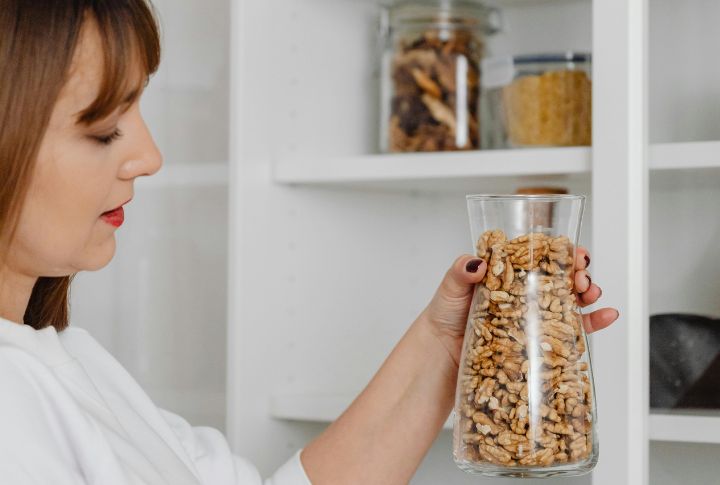
You probably think your pantry is stocked and ready, but some items go bad faster than you’d expect. Even sealed packages have shorter shelf lives than most people realize. Ignoring expiration dates doesn’t just waste money—it can affect taste, nutrition, and safety. If you haven’t checked your pantry lately, now’s the time. Here’s what to look for before it’s too late.
Spices
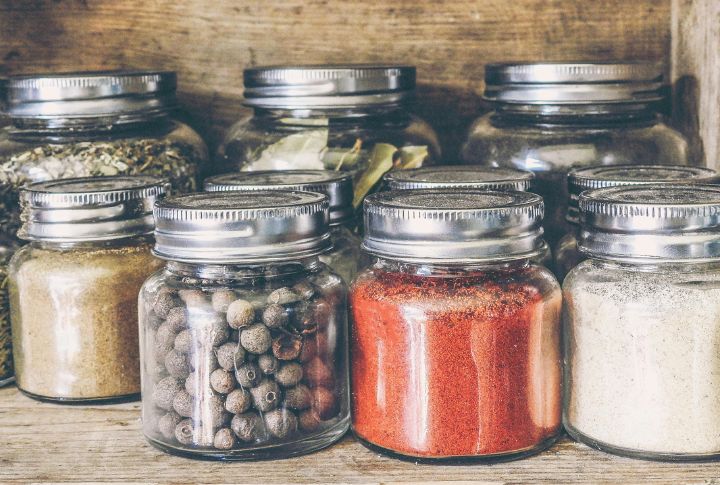
Those colorful jars might be more decorative than flavorful. As time passes, spices lose their natural oils and aromas, especially ground varieties. Dishes that once popped with flavor may start tasting dull. If paprika looks faded or cinnamon smells weak, it’s probably past its prime.
Flour
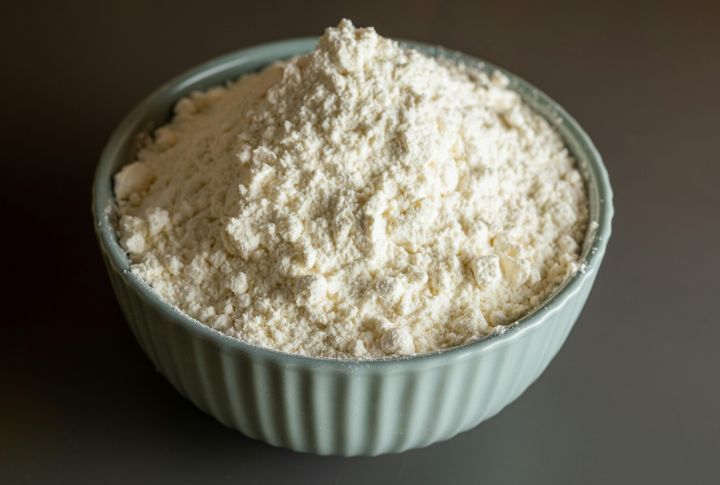
Few realize flour doesn’t stay fresh forever. Once air or moisture slips in, it begins to smell musty and taste unpleasant. You may even spot tiny bugs if it’s been stored too long. Whole wheat varieties spoil more quickly due to the natural oils in the grain.
Baking Powder
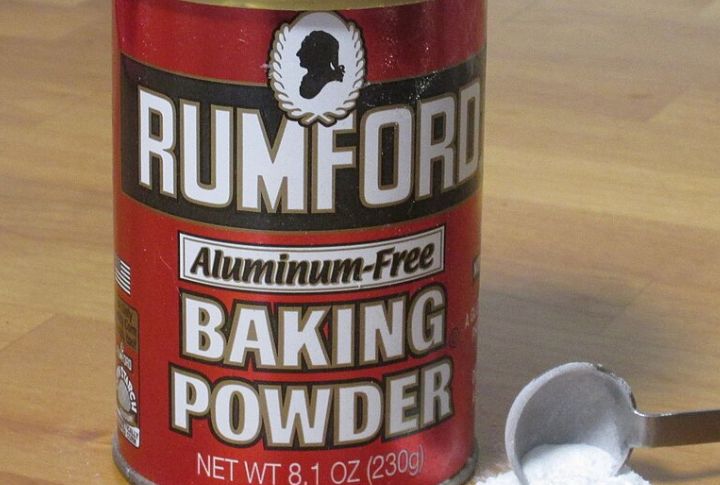
Flat cookies or dense cakes often trace back to tired baking powder. After about a year, it loses its fizz, especially if humidity sneaks into the container. A quick test in hot water tells the truth—no bubbles means it’s past its peak and needs replacing.
Nuts And Seeds
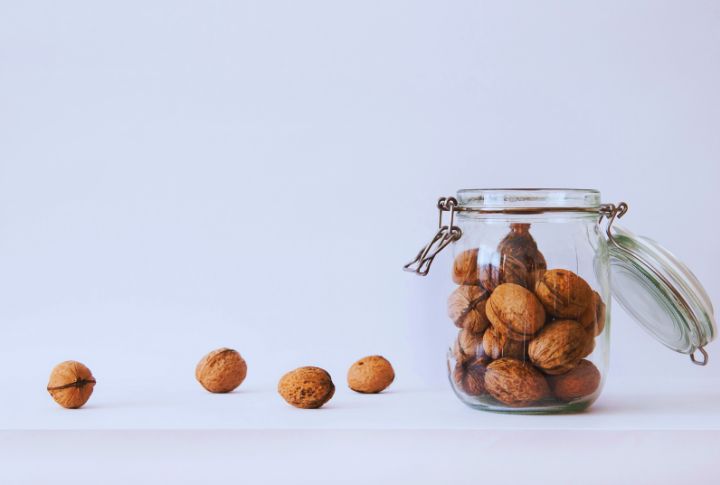
These healthy pantry staples have a short window of freshness. Oils inside them eventually sour, which creates a bitter taste and waxy smell. Walnuts and sunflower seeds are particularly fragile. Keeping them sealed in the fridge or freezer helps protect flavor far longer than room storage.
Cereal And Granola
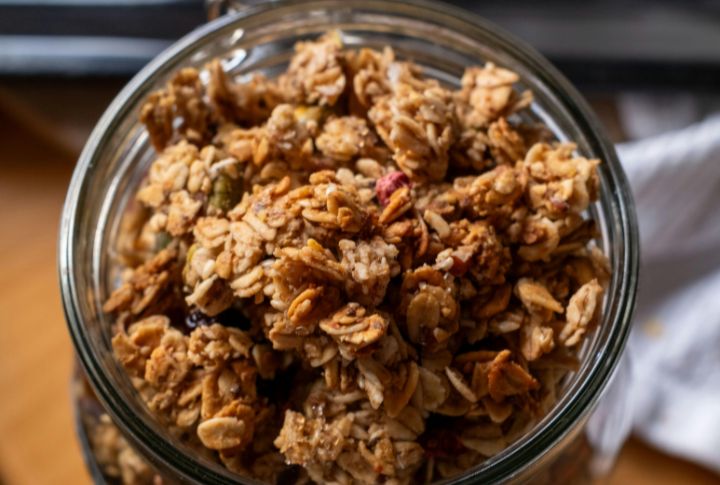
Nothing ruins breakfast faster than soft cereal. Air steals the crisp texture, and the taste fades along with it. Granola loaded with fruit breaks down even sooner. A quick oven toast revives it for a bit before the sogginess wins again.
Cooking Oils
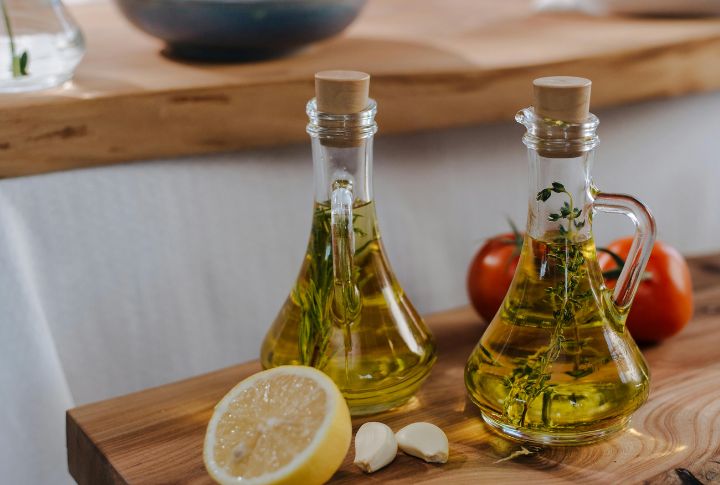
At first glance, that bottle near your stove might seem harmless. Over time, though, exposure to heat and light quietly spoils it. The scent turns sharp, and the taste becomes bitter or soapy. Cloudiness or strange flavor changes are clear signs your oil has gone bad.
Opened Condiments
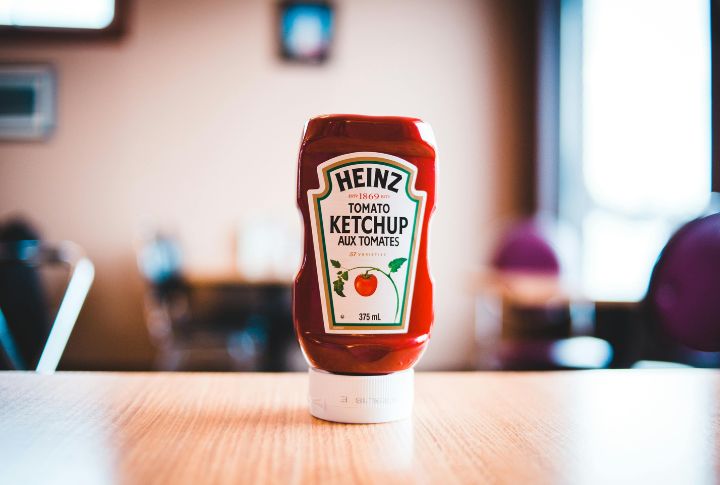
Once opened, sauces and dressings don’t last indefinitely. Oxygen and bacteria slowly break them down and cause strange textures or sour smells. Even sturdy options like ketchup can spoil. Refrigeration helps, but check for color changes or separation—it’s a clue that the flavor has faded.
Canned Goods
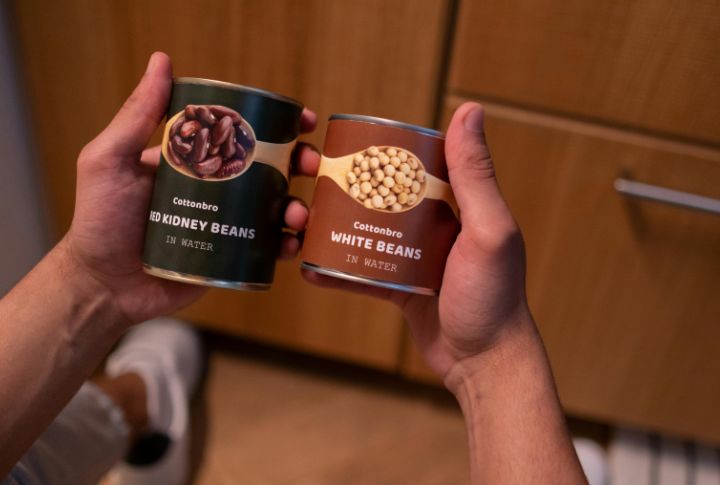
Even the toughest cans have an expiration point. Long storage causes acidity and metal wear that compromise the contents. When rust or swelling appears, it’s a clear sign of spoilage. Softer foods decay sooner, so any suspicious can belongs in the trash.
Nut Butters
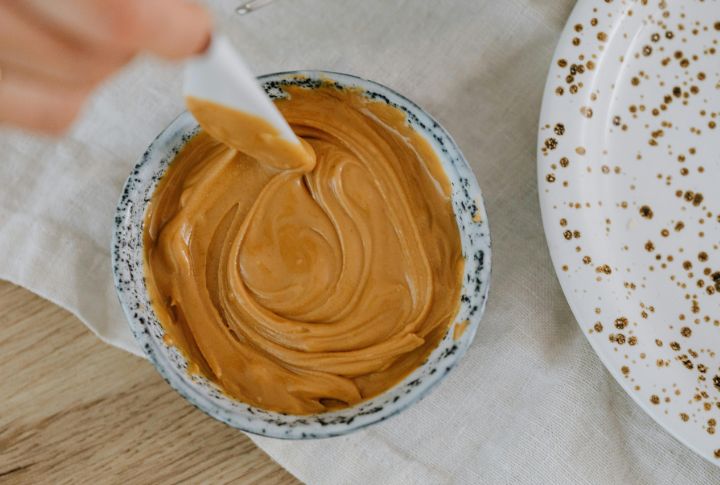
Peanut, almond, or cashew spreads all share one weakness—oil oxidation. As months go by, that smooth texture can turn grainy and the aroma sour. Separation isn’t always bad, but a rancid smell means it’s done. Refrigeration slows spoilage and helps your jar stay spreadable longer.
Pasta
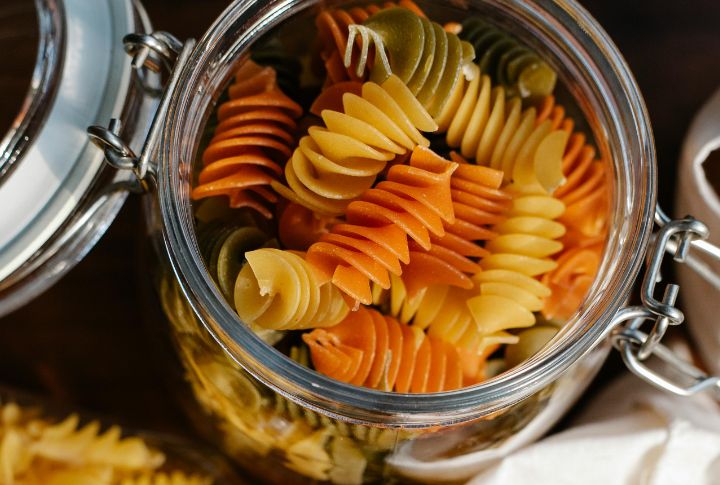
Dried pasta may appear invincible, yet time dulls its flavor and structure. It can absorb pantry odors or lose firmness after cooking. Whole-grain versions spoil sooner due to natural oils. If the pasta smells dusty or feels oddly soft, it’s better to open a new box.
Rice And Grains
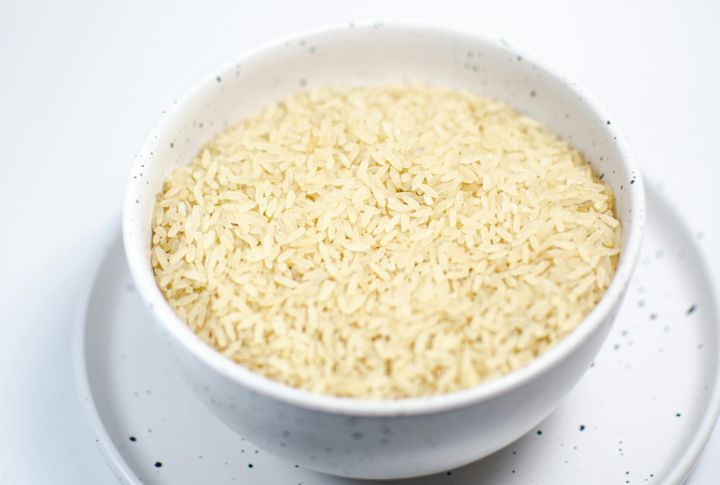
Shelf life can be deceptive with rice. Brown grains spoil as their oils turn stale, and white ones slowly lose fragrance. Both invite pests when stored carelessly. Airtight jars preserve freshness by keeping the grains crisp and safe for longer.
Brown Sugar
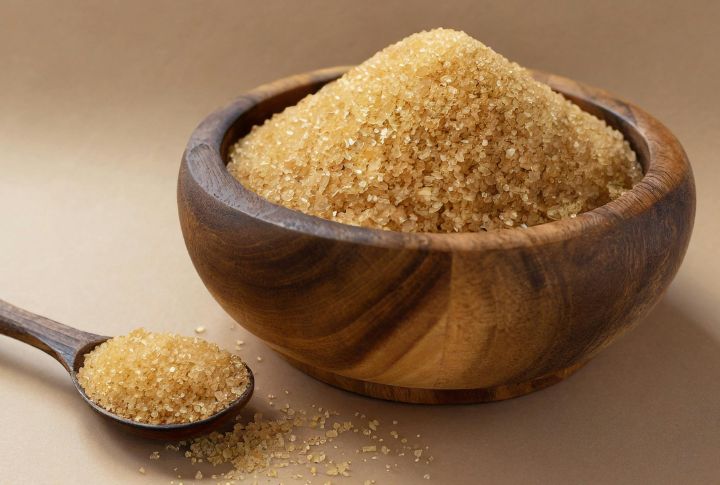
With time, brown sugar transforms from soft crystals to a solid brick. Air exposure draws out its moisture and leaves it tough and unusable. A slice of bread can soften it overnight, though that’s only temporary. To avoid the problem, keep it sealed tightly after every use.
Instant Coffee
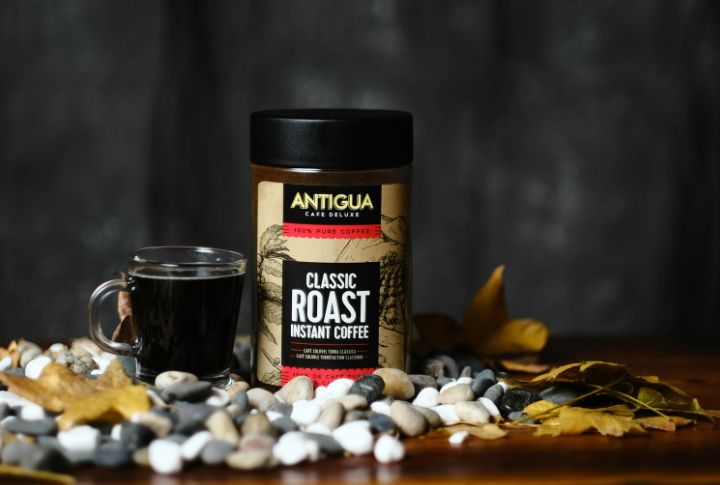
Coffee’s charm fades fast once humidity creeps into the jar. It starts to clump, and that inviting aroma turns flat. The taste becomes dull instead of energizing. Keeping it in a dry, sealed container—away from steam or sunlight—helps preserve its signature kick much longer.
Tea Bags
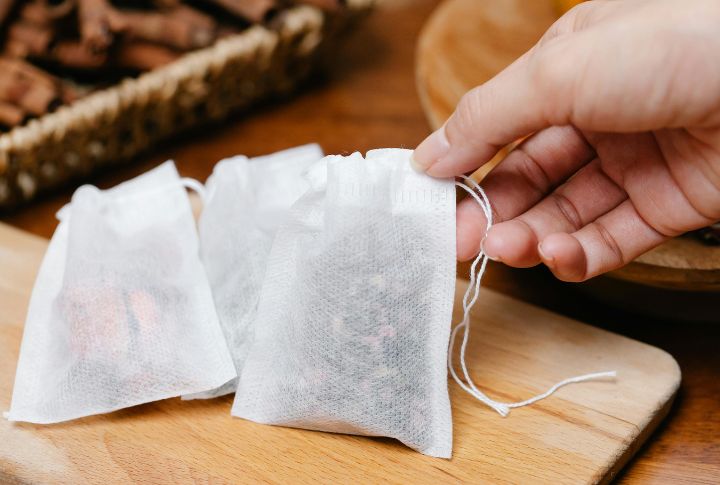
The first hint of stale tea comes from the aroma. Once the scent fades, the flavor follows—muted, dull, and lacking the brightness fresh leaves once offered. Green and herbal teas dull fastest, leaving only a shadow of flavor.
Flavored Vinegars
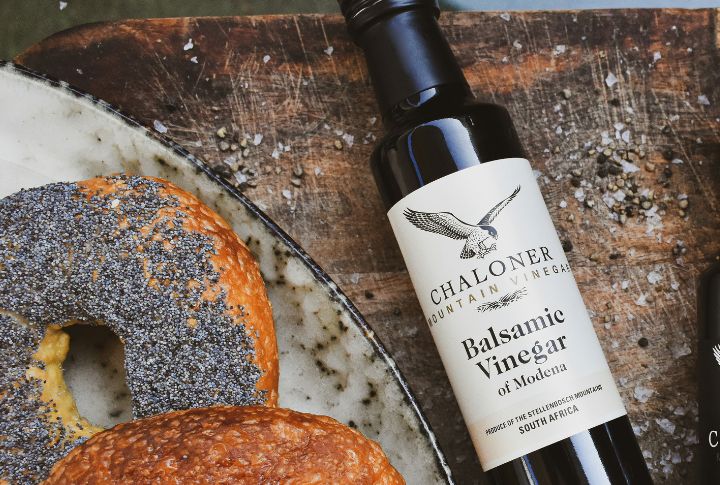
Infused vinegars, such as balsamic blends, lose their vibrant scent over time. Ingredients like herbs or fruit may break down, reducing quality. Sediment formation isn’t always harmful, but it signals aging. Because of their delicate nature, flavored vinegars perform best in cool, dark spaces away from sunlight.
Broth Or Stock Cubes
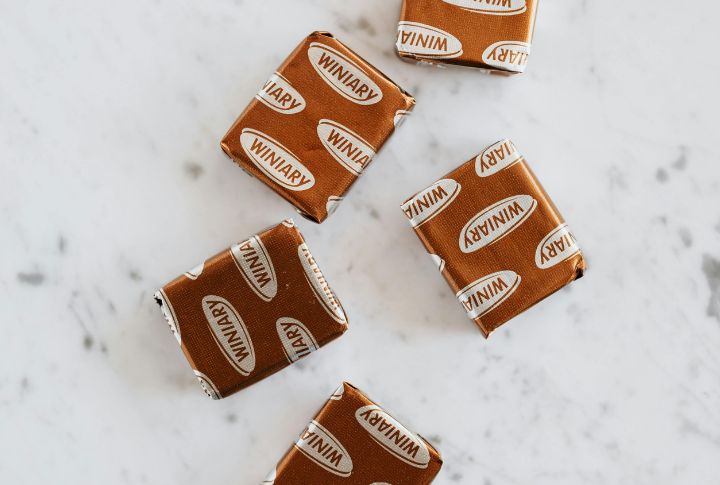
The dusty box of stock cubes might be less helpful than you think. Over time, the herbs and salts inside lose their strength, and moisture can cause clumping. Crushing them into hot water may revive some flavor, but fresher cubes will always deliver a richer, cleaner taste.
Instant Oatmeal Packets
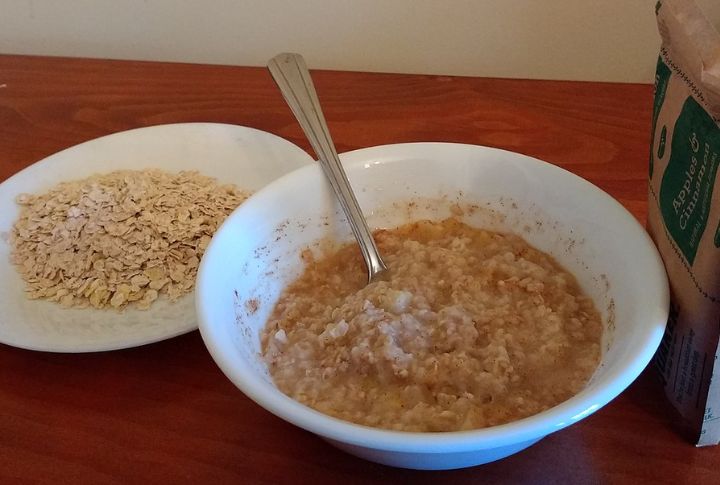
Instant oatmeal doesn’t last forever. With age, its flavor dulls, and moisture can cause clumps or spoilage. Flavored varieties tend to lose their taste even faster than plain oats. Keeping packets sealed and dry helps prevent them from absorbing unwanted odors from nearby pantry items.
Jams And Preserves
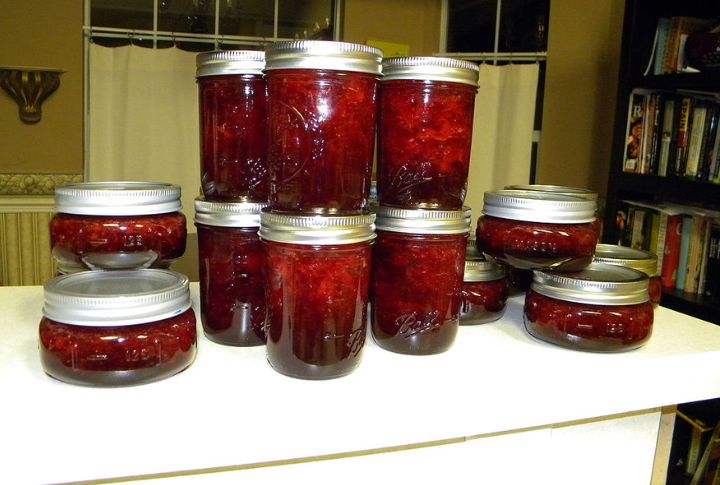
Even sugar can’t save old jam forever. Left too long, it may ferment or develop mold, especially after opening. Some jars change color as they age, and homemade versions spoil faster due to fewer preservatives. Cool, dry storage slows this process and keeps the sweetness intact longer.
Crackers Or Chips
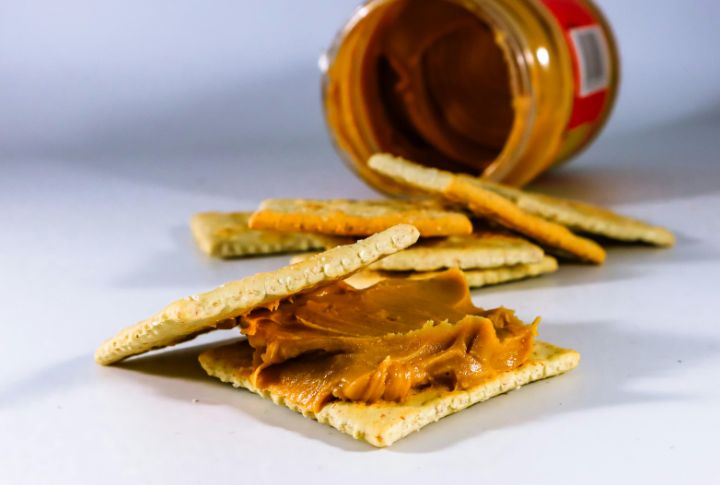
Crackers and chips quickly lose their satisfying crunch once air sneaks in. Stale snacks taste dull, and moisture only speeds up the process. To revive them briefly, a few minutes in the oven can help. Just remember, those with seeds or nuts can turn rancid sooner.
Honey Substitutes
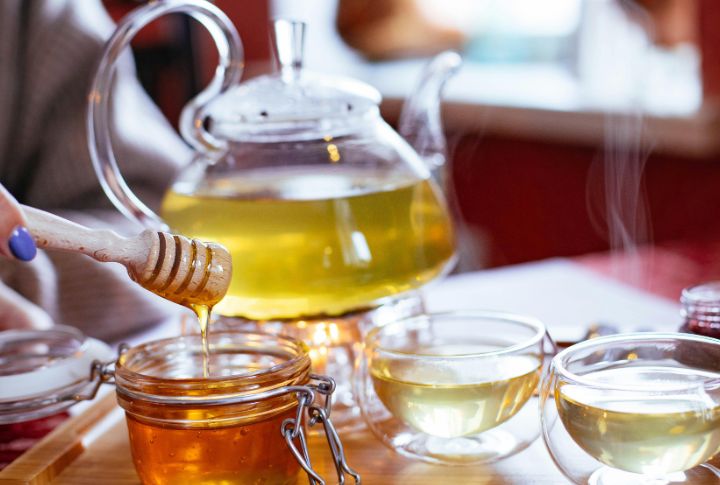
Honey substitutes don’t age like real honey. They can ferment or crystallize over time, especially in humid conditions. Added sugars accelerate spoilage. If the syrup thickens, placing the container in a warm water bath can help restore its smooth texture without affecting flavor.

